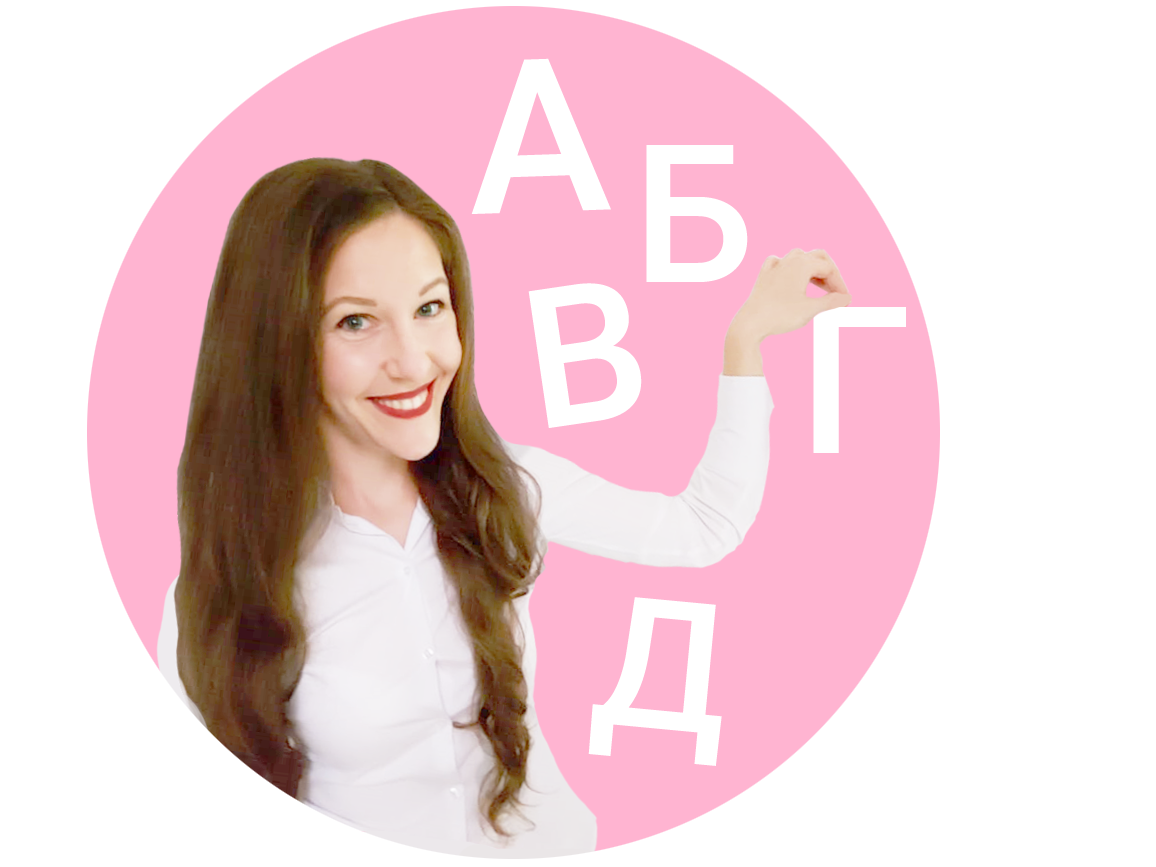Navigating Between The 3 Serbian Genders: Masculine, Feminine, Neuter
Today I’d like to share with you a few things about the Gender Category in Serbian language and how you as a language learner can successfully navigate through it.
Serbian language learners are great detectives as they know about the 3 Serbian genders: masculine, feminine and neuter
Being a language learner is very similar to being a detective. Language learning requires the ability to look for clues and patterns. Once you recognize them and understand them, then they will take you to the next stage of your language development – fluency.
It’s a tall order, but an enjoyable one if you stay nice and relaxed, strategic in your studies, and enjoy the ride.
Serbian Language
Serbian language is a detective’s dream because there are so many clues, patterns, and information within Serbian words and sentence structures that help you understand the key information and details being conveyed. Example: Serbian noun genders.
3 Serbian Genders: Masculine, Feminine, Neuter
Serbian language has 3 gender categories: Masculine, Feminine, and Neuter.
Let’s look at a few examples:
žena (woman or wife) – Feminine Noun
dete (child) – Neuter Noun
čovek (man) – Masculine Noun
Serbian Words & Endings
One thing to know about Serbian is this: the endings of words contain a lot of information. Serbian language doesn’t have articles that precede the nouns. In Spanish for example “la famlia” means “the family” and the article “la” indicates that the noun is feminine. In Serbian, the noun ENDINGS provide us with this information and this is how we can distinguish whether or not a noun is masculine, feminine, or neuter.
Serbian Gender Category – The Rule of Thumb
Singular Nouns that end in consonant (meaning a “non vowel”) in their 1st Case (Nominative) are Masculine (i.e. čovek)
Singular Nouns that end with “a” in their 1st Case (Nominative) are Feminine (i.e. žena)
Singular nouns that end with “e” or “o” in their 1st Case (Nominative) are Neuter (i.e. dete)
Like most languages, Serbian has some exceptions…but 90% of the time the rule mentioned above is true. Nice right?!
Serbian Gender – Practice
With that in mind can you put your detective hat on and tell me the gender of the following 3 nouns?
- dan (day)
- knjiga (book)
- mleko (milk)
The answer is:
-
-
- dan (day) – Masculine
- knjiga (book) – Feminine
- mleko (milk) – Neuter
-
That wasn’t so hard? If you keep practicing like this you will become masterful at navigating between these 3 Serbian genders.
Summary
Serbian words carry important information in their endings as you have seen above. Almost all words in Serbian have gender except adverbs, prepositions and some other small parts of speech.
It’s important to learn the gender of the words in Serbian and not only the meaning of the words because this will help you later on when you start making sentences in Serbian.
People who only use flashcards or apps to learn Serbian words, have a hard time correctly making sentences in Serbian. So if you are learning Serbian or you are starting out, make sure you are learning Serbian words and their gender as well.
Hope this helps you!





